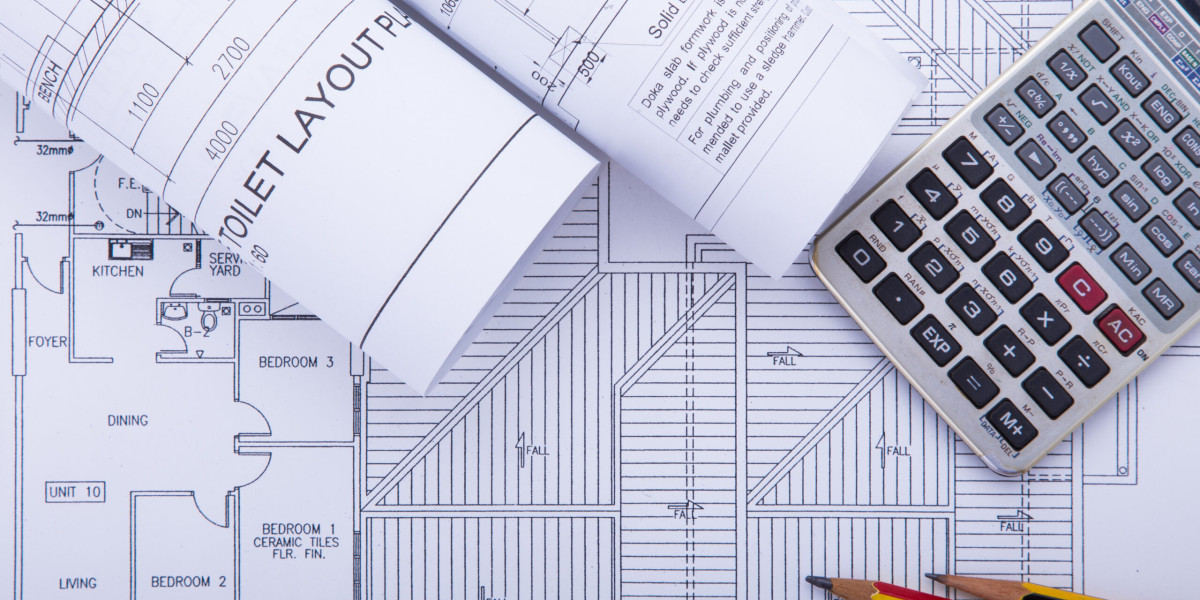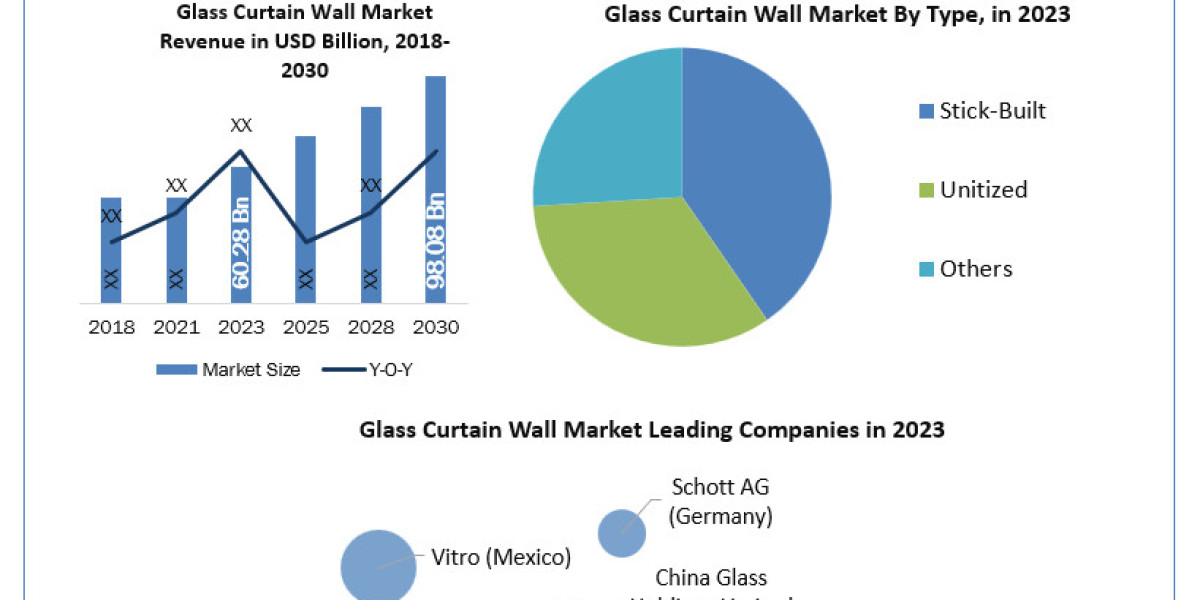The architectural drafting industry is undergoing a transformation, driven by technological advancements, sustainability goals, and a shift in client expectations. In 2024, several key trends are emerging, redefining the way Architectural Drafting Services are delivered. Let’s explore the top trends shaping this field.
1. BIM Integration and Collaboration
Building Information Modeling (BIM) has been a game-changer for the architecture, engineering, and construction (AEC) industries, and its integration into drafting services continues to grow in 2024. The adoption of BIM in architectural drafting allows for:
- Enhanced Collaboration: Cloud-based BIM tools enable real-time collaboration between architects, drafters, engineers, and stakeholders. This leads to fewer errors and streamlined communication throughout the project lifecycle.
- Improved Visualization: BIM’s 3D modeling capabilities offer better visualization of designs, helping clients and project teams to understand complex structures before construction begins.
- Data-Driven Decision Making: BIM allows architects to integrate various data points, such as environmental analysis and cost estimation, directly into the drafting process.
2. Adoption of AI and Machine Learning Tools
Artificial intelligence (AI) and machine learning (ML) are revolutionizing the architectural drafting process in 2024. These technologies are used to automate repetitive tasks and provide design optimization insights:
- Automated Drafting Processes: AI-driven tools can quickly generate floor plans and suggest design modifications based on predefined parameters, significantly speeding up the drafting phase.
- Generative Design: Machine learning algorithms can explore a vast array of design possibilities, optimizing for factors like space utilization, energy efficiency, and material costs.
- Quality Assurance: AI-powered software can detect errors or inconsistencies in drafts, reducing the likelihood of costly revisions later in the project.
3. Cloud-Based Drafting Solutions
The shift to cloud-based software solutions is becoming the norm in architectural drafting. Cloud platforms offer numerous advantages:
- Remote Accessibility: Drafting professionals can work from anywhere, making it easier to collaborate with global teams and clients.
- Enhanced Security: Cloud providers offer robust data security features, ensuring sensitive project data is protected against breaches.
- Scalability: Cloud-based tools can easily scale to accommodate larger projects or increased demand, providing flexibility for drafting firms of all sizes.

4. 3D Printing and Rapid Prototyping
The use of 3D printing in architectural drafting services is on the rise, especially in the concept and prototyping stages:
- Faster Prototyping: 3D printing allows for quick creation of physical models, helping clients visualize complex designs and make informed decisions early in the process.
- Cost Efficiency: By reducing the time and materials needed for model creation, 3D printing helps firms save costs and streamline the drafting process.
- Customization: 3D printing enables the creation of intricate, customized models that are difficult to achieve with traditional methods, offering a unique advantage in client presentations.
5. Sustainable and Green Design Drafting
As sustainability becomes a priority across industries, architectural drafting services are focusing more on eco-friendly and energy-efficient design practices:
- Energy Modeling Integration: Drafting software now often includes energy modeling features that help architects assess the environmental impact of their designs and explore ways to reduce energy consumption.
- Use of Sustainable Materials: Drafting services are incorporating the use of sustainable and locally sourced materials in their specifications to align with client demands and regulatory requirements.
- LEED and Green Building Standards: Architects are increasingly drafting projects that meet LEED and other green building certifications, enhancing the value and marketability of their designs.
6. Virtual Reality (VR) and Augmented Reality (AR) in Drafting
The use of VR and AR in architectural drafting is gaining momentum, offering immersive experiences for clients and project teams:
- Enhanced Client Presentations: VR allows clients to "walk through" a project before it's built, providing a realistic sense of space and helping them make design decisions with confidence.
- AR for On-Site Collaboration: AR tools enable drafters and contractors to overlay digital models onto physical construction sites, assisting in accurate alignment and real-time problem-solving.
- Training and Simulation: VR and AR are also being used for training purposes, helping drafting professionals hone their skills in a virtual environment before applying them to real projects.
7. Parametric Design and Computational Drafting
Parametric design, driven by computational tools, is transforming the architectural drafting landscape in 2024:
- Flexibility in Design: Parametric design allows drafters to create complex forms and structures by defining relationships between design elements, making it easier to adapt and refine designs.
- Efficiency in Revisions: Computational drafting tools enable quick adjustments, as changes to one element automatically update related components, saving time and reducing errors.
- Enhanced Creativity: These tools free up drafters to experiment with innovative designs and explore unconventional structures that would be challenging to draft manually.
8. Emphasis on Compliance and Standardization
With the growing complexity of building codes and regulations, architectural drafting services are placing a greater emphasis on compliance:
- Automated Code Checking: Drafting software now often includes built-in compliance checks, helping drafters ensure that designs meet local building codes and standards.
- Standardized Templates: The use of standardized drafting templates and libraries helps maintain consistency across projects, reducing the risk of errors and simplifying the review process.
9. Integration of Digital Twins
Digital twin technology is making its way into the architectural drafting sphere, offering a dynamic, data-rich representation of buildings:
- Lifecycle Management: Digital twins enable architects to track a building’s performance throughout its lifecycle, from design and construction to operation and maintenance.
- Predictive Maintenance: By integrating real-time data, digital twins can help predict maintenance needs and optimize building performance, leading to cost savings and enhanced longevity.
- Enhanced Design Feedback: The continuous data feedback loop from digital twins allows architects to refine and improve future projects based on real-world performance insights.
10. Increased Demand for Outsourcing and Specialized Drafting Services
The trend towards outsourcing drafting services continues to grow, driven by the need for specialized expertise and cost efficiency:
- Access to Skilled Professionals: Outsourcing provides access to a global talent pool of drafting experts who specialize in various fields, such as mechanical, electrical, or structural drafting.
- Cost-Effective Solutions: By outsourcing, architectural firms can reduce overhead costs while maintaining high-quality drafting services.
- Focus on Core Competencies: Outsourcing drafting tasks allows architectural firms to focus more on design innovation and client engagement, rather than the technical aspects of drafting.
Conclusion
The future of architectural drafting services in 2024 is shaped by technology, sustainability, and an emphasis on efficiency. Firms that embrace these trends will be better positioned to meet client demands, reduce costs, and deliver innovative, high-quality designs. As digital tools and methodologies continue to evolve, the architectural drafting landscape will become even more dynamic, opening new possibilities for design and construction.















